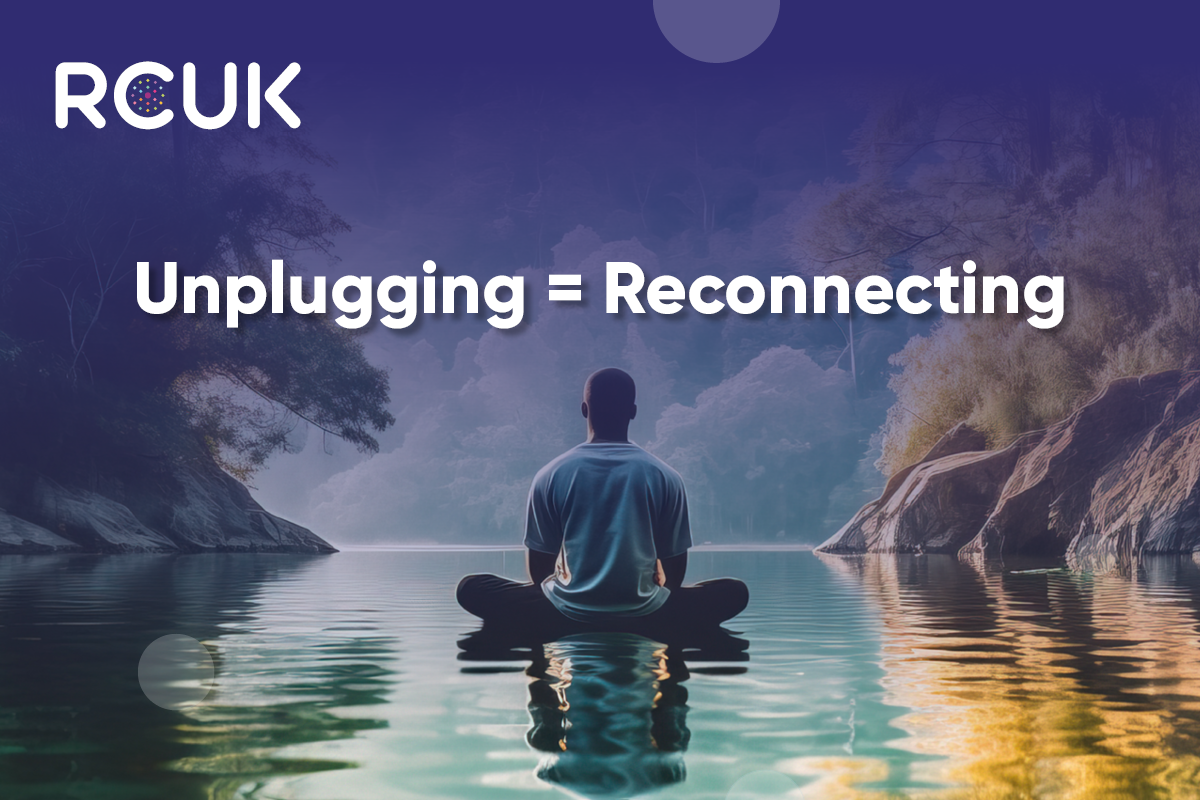The Realme 6 range consists of 3 phones, the 6, the 6i and the top of the range Pro. As the 6i is virtually identical to the 6, with the exception of a bigger 5000 mAh battery, we are going to confine this quick overview to the 6 and 6 Pro.
Let’s start by saying both of these phones carry on Realme’s tradition of providing well-built and specified mid-range phones at budget prices and will no doubt help to increase Realme’s profile in the UK, where to date it has been rather low.
LCD screen with 90Hz refresh rate
So, as always, let’s begin this quick overview by looking at the screens. Both have an LCD screen with 1080p resolution, a better than normal 90Hz refresh rate and 480 nits typical brightness. The 6 Pro has a slightly larger 6.6” display giving it 84.7% screen to body ratio and a 399ppi density. The 6 has a 6.5” display with a 84.1% screen to body ratio and a 405ppi density. Despite the screen being only LCD, it offers vivid bright colours and a brightness that allows you to easily view it outside in the sun.
The Pro’s screen has Gorilla Glass 5 protection, with a glass back and plastic frame giving it a solid feel and a weight of 202g. The 6 only has Gorilla Glass 3 protection with a plastic back and frame. As a result, it weighs slightly less at 191g. Both phones are splash resistant due to their 3 layer water protection, but not IP68 certified.
Decent internals
Inside the 6 Pro has a Snapdragon 720G, while the 6’s processor is a Helio G90T. There is not a great deal to choose between these 2 processors, with the Helio probably better for gaming and the Snapdragon for more general day-to-day use.
The 6 is available with 4, 6 or 8GB of RAM while the 6 Pro offers 6 or 8GB. While both handsets come with 64 or 128GB of expandable storage. They are shipped with the latest Android 10 and Realme UI, their update to the ColorOS used previously and shared with other phones in the Oppo stable.
Both phones have a loudspeaker and a 3.5mm headphone jack, but only the Pro offers 24bit/192kHz audio output. The 6 also supports NFC, but strangely the 6 Pro doesn’t. Access is protected by a fast-acting side-mounted fingerprint sensor.
Finally in this section, the battery is the same for both phones at 4300 mAh with 30W fast charging that gives a 0 to 100% charge in just under an hour.
Perfect combination of quad array lenses
Onto the cameras and the 6 Pro is the clear leader here with the ideal (for 2020) quad array of a 64MP f/1.8 wide, 12MP f/2.5 telephoto with 2X optical zoom, 8MP f/2.3 ultrawide and 2MP f/2.4 macro. The lenses are arranged vertically in a black frame on the left-hand side of the back. The 6 swaps the telephoto lens for a 2MP f/2.4 black & white depth sensor. This array delivers pretty good images in all types of light.
On the front there is a difference as well. The 6 Pro has dual selfie cameras situated in a pill-shaped cutout on the left. These 2 lenses are 16MP f/2.1 wide and 8MP f/2.2 ultrawide and should be enough to capture you and all your friends in whatever pose you want! The 6 has a single lens in a pinhole cutout on the left of the screen. This is a more than adequate 16MP f/2.0 wide unit.
Realme 6 Pro is our favourite
The 6 Pro is available in Lightning Blue and Lightning Orange with the back design on the glass quite striking. Whereas the plastic back of the 6 offers Comet Blue and Comet White, again both stand-out designs.
Finally, onto the price, the cheaper 6 can be picked up for around £200, while the 6 Pro costs a little more at £230 and the 6i is around £180. Whichever model you choose from the range, you cannot really go wrong at that price with a good looking and well-built handset married to great specs for such a low-cost phone.
Personally, I would stump a little bit more for the 6 Pro, with it’s glass back and superior rear camera array, it is well worth the extra.








